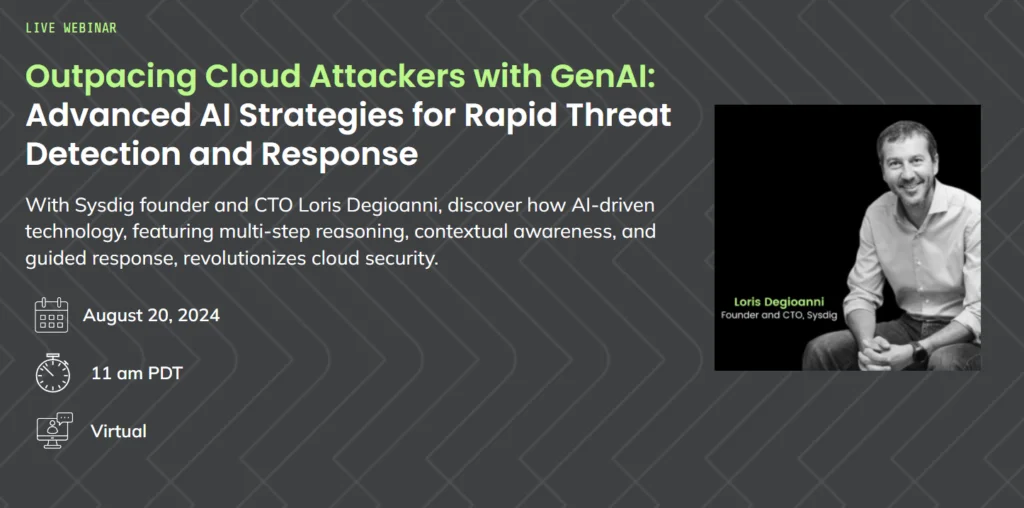The rapid rise of cloud-driven digital transformation has put immense pressure on the Kubernetes and AI teams managing these technologies. As more companies simultaneously adopt cloud-driven capabilities, these teams find it hard to manage inflating costs and dwindling IT productivity.
To solve issues, companies are looking for ways to make things easier for their employees, like automating tasks and providing pre-built tools. They believe this will save time and money.
Many companies use Kubernetes to manage their computer systems, but many find it complex and expensive. Additionally, they need help to control costs when using cloud services. Another big challenge is using AI. While companies see the potential of AI, they need help to develop and use AI applications efficiently.
These teams play a crucial role in driving digital transformation by building and managing the infrastructure that supports software development. However, they are struggling to keep up with the rising costs and complexities associated with managing Cloud, Kubernetes, and AI technologies.
Platform Engineering Teams on the Rise
A new report from Rafay Systems shows that most companies now have dedicated teams focused on platform engineering. More than 9 in 10 (93%) of platform teams face persistent challenges. Those who don’t have dedicated teams are planning to create them soon. These teams are essential for digital transformation as they handle key challenges like security, performance, and cost control across different technologies.
The study, titled “The Pulse of Enterprise Platform Teams: Cloud, Kubernetes, and AI,” analyzes challenges faced by platform engineering teams across the enterprise segment.
Kubernetes is becoming increasingly popular
More and more companies are using Kubernetes to manage their software applications. It helps them easily deploy, scale, and manage these apps. However, setting up and managing Kubernetes environments can be complex and time-consuming, especially when working across different cloud platforms.

Many companies are struggling with this process and are looking for easier ways to get started with Kubernetes.
Companies are combining on-premises and cloud computing
Many businesses are using a mix of their own data centers and cloud services to run their operations. This approach, known as hybrid cloud, is becoming increasingly popular. Some companies are even using multiple cloud services at the same time, which is called multi-cloud.
While this gives companies more flexibility, it also makes it harder to manage costs. To address this, companies are focusing on better managing their cloud spending and reducing costs associated with Kubernetes, a technology used to manage software applications.
AI and AI-generated content (AI) are the next big challenge for tech teams.
Companies are excited about the possibilities of AI but are finding it difficult to put it into practice. Many are still in the early stages of using AI, similar to the challenges they faced when first adopting Kubernetes.
The teams responsible for managing technology infrastructure are expected to play a key role in helping companies harness the power of AI.
Many businesses are trying to implement AI, but they’re facing difficulties in testing and deploying AI applications. To overcome these challenges, companies are realizing the importance of providing employees with easy-to-use AI tools.
These tools can significantly speed up work and improve productivity. As a result, teams that manage technology infrastructure are becoming even more important in helping companies succeed with AI.
Sysdig: Lifeline to Overwhelmed Platform Teams
So far we have discussed how platform engineering teams are overwhelmed by the complexities posed by Cloud, Kubernetes, and AI integration. These teams can look at Sysdig as their ally in this context. As a unified platform for cloud-native, Sysdig provides an end-to-end solution against challenges the teams frequently face.

Sysdig enables platform engineers to gain insights into container, host, and network activity, providing minute insights into the health of the infrastructure. It provides real-time monitoring, allowing for fast identification and resolution of issues, reducing downtime, and improving performance. In addition to that, its advanced troubleshooting capabilities speed up problem resolution, reducing MTTR (mean time to repair).
When it comes to cost optimization, Sysdig leads with a huge difference by improving visibility into resource utilization. With this, platform teams are in a position to identify underutilized resources, right-size the infrastructure, and reduce cloud spend—all contributing toward business efficiency.
Beyond operational efficiency, Sysdig also plays an important security role: it discovers anomalies and threats in real time, thus protecting critical infrastructures and data. In its integration with Kubernetes, it gives complete protection for containerized applications.
Sysdig provides platform engineering teams with the tools necessary to navigate modern IT environments. With visibility, control, and optimization, Sysdig enables these teams to yield value to the organization.
Conclusion
The convergence of cloud, Kubernetes, and AI has created a complex and challenging environment for IT organizations. Tools like Sysdig are emerging as essential allies for platform engineers, providing the visibility, control, and optimization necessary to navigate these complexities. By leveraging such platforms, organizations can enhance operational efficiency, reduce costs, and unlock the full potential of cloud, Kubernetes, and AI.
To share your insights with CyberTech Newsroom, please write to us at news@intentamplify.com







